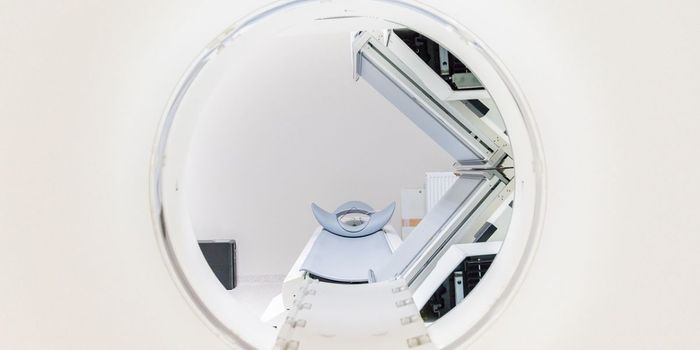Air Pollution Particles and Brain Aging
No matter where you go, there will be some particulate matter in the air you breathe. Some of it occurs naturally, like pollen from plants, but the exhaust from cars in crowded cities or factories that produce emissions are sources as well. Particulate matter is also referred to as “particle pollution” and its effect on the air quality can cause respiratory problems and other illnesses. New research from the University of Southern California reveals another risk—dementia, especially in older women.
Professor Caleb Finch at the USC Leonard Davis School of Gerontology and co-senior author of a new study on particulate matter and dementia talked about the research stating, “Microscopic particles generated by fossil fuels get into our body directly through the nose into the brain. Cells in the brain treat these particles as invaders and react with inflammatory responses, which over the course of time, appear to exacerbate and promote Alzheimer’s disease. Although the link between air pollution and Alzheimer’s disease is a new scientific frontier, we now have evidence that air pollution, like tobacco, is dangerous to the aging brain.”
The study looked specifically at pollutants known as PM2.5. These are tiny particles, with a diameter of 2.5 micrometers or smaller. For comparison, a human hair has a diameter of about 70 micrometers, so these inhalable particles might be super small, but they can do a lot of damage. The adverse effects were stronger in women who had the APOE4 gene, a genetic variation that increases the risk for Alzheimer’s.
How did the team determine these particles were increasing dementia risk? It was a combination of human data and lab mouse models. Using the Womens Health Initiative Memory Study the team analyzed data from 3,647 65- to 79-year-old women across 48 states none of whom had dementia when they enrolled. They then used technology developed at USC to expose lab mice to aerosolized pollution. These particle concentrators developed at the USC Viterbi School of Engineering can take are samples from a typical urban environment and convert them to air samples with PM2.5 particles similar to highly polluted cities like Shanghai. After exposing female mice carrying the APOE4 gene to nano-sized air pollution for 15 weeks the mice had damage in the neurons of the hippocampus, which is the memory center of the brain. The mice that carried the APOE4 gene had 60% more amyloid plaques in the brain than the control group who did not carry the gene
The work was a collaboration between USC Davis, the Keck School of Medicine and the USC Viterbi School of Engineering. It was published January 31, 2017 in the Nature journal Translational Psychiatry. It’s the first research of its kind in the United States to show the interaction of a gene associated with Alzheimer’s risk and pollutants in the air. The team hopes that this connection will highlight the importance of air quality on the aging brain, especially since rates of dementia are increasing. The video below has some good information on the study, check it out.
Sources: USC, Translational Psychiatry, ScienceMag.org









